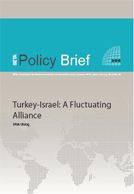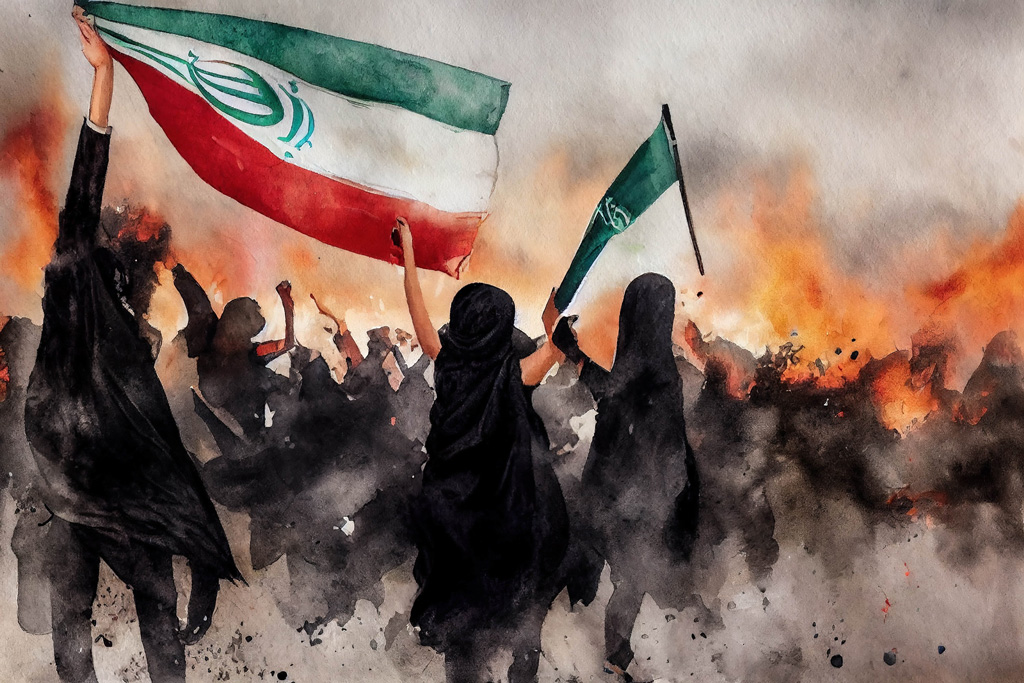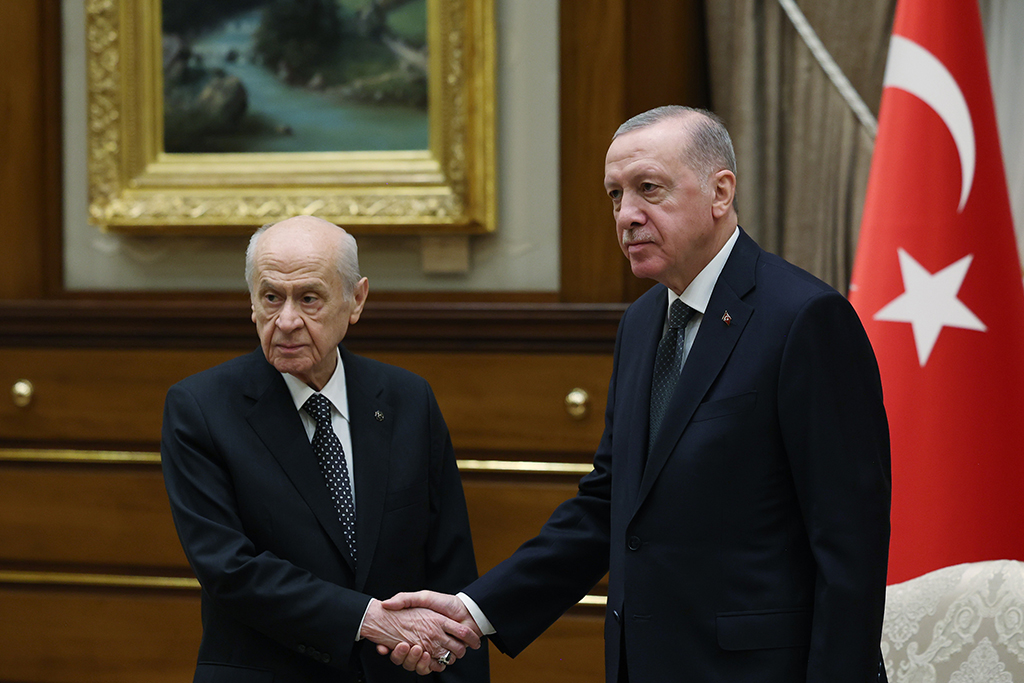SETA CONFERENCE By Kim Beng Phar Visiting Scholar, Waseda University, Organization of Asian Studies / SETA Research Fellow Date: November 15, 2007 Thursday Time: 15.00 - 16.30 Venue: SETA Foundation, Ankara The Impact and Implication of East Asia as a Global Political Actor: The Risk/Perils of Indifference In, and by Turkey
Short Summary: Africa, Middle East and Latin America have of late been in the news. Whether due to the conflicts in Iraq, Afghanistan, Iran, or Pakistan, the Middle East has been considered a key region that can destabilize the whole world.
The emergence of leftist leaders like Hugo Chavez, Evo Morales and Daniel Ortega of Venezuela, Bolivia and Nicaragua respectively, have also raised the prominence of Latin America. Africa is also considered important due to the energy it can provide to the major powers and the rest of the world. But East Asia is more important than these three regions combined. Why? There are six reasons.
(1) Demographically, East Asia is home to more than 3.5 billion people. This is nearly half of the world's total population. While more than half in East Asia still have less than USD $ 2 a day, 15 % of more than 1.4 billion people in China are becoming middle class by 2015. The same applies to India at current growth rate which has more than 1.2 billion people. In the ten member states of ASEAN, which has more than 500 million people altogether, the incoming Secretary General of ASEAN Dr. Surin Pitsuwan plans to foster an ASEAN Middle Class by 2012, indeed a class with strong consumption power and habits.
(2) Politically, the total population is ruled and governed by more than fifteen forms of governments/regimes. They range from constitutional/monarchical/sultanic/parliamentary democracy to family/communist dynasty. Yet in spite of these differences, none of the East Asian countries go to war against one another. This implies that they can eventually have a more evolved consensus on the nature of global solutions. On the second Iraq War, for example, the social opposition to the conflict was almost total. East Asia in other words can be the future conscience of world conflicts, more so than Europe, Latin America and Africa.
(3) When they don't go to war, member states of East Asia produce a basis for collective transregional economic growth too. Economically, East Asia has been growing at an average of 4.5 %to 5 % each year, according to World Bank. This is more than half of the global growth rates. This means East Asia is growing faster than the rest of the world. Naturally, uncontrolled population growth can nullify the economic gains, and they do in places like Indonesia. But this is just one set back out of more than 15 countries in East Asia.
(4) Numerically, due to the growth of East Asia, the voting weightage of China, and South Korea, have increased in the International Monetary Forum (IMF). Since 1945, Japan has also served in the UN Security Council a total of eight times, and will go for more in order to be a full member in the UN Security Council one day. Japan has a vast Overseas Development Budget (ODA) of more than US$ 1 billion a year as well, with China using its private and commercial actors to do its biddings globally. Petrol China is now the world's USD $ 1 trillion dollar company. Countries like Singapore, though small in size, have TEMASEK which is a government controlled company that is also functioning as one of the world's largest sovereign funds.
(5) Militarily, China, Japan, India, and North Korea are all capable of launching trans continental missiles, some of which are nuclear capable. Their technology in other words can change any regional balance of power if they collectively or separately wish to ''export'' their missile and nuclear technology, as did North Korea at one stage. US are actively in the region to constrain them from such proliferation. Various arrangements are struck with these countries too, which give a more differentiated picture of the








